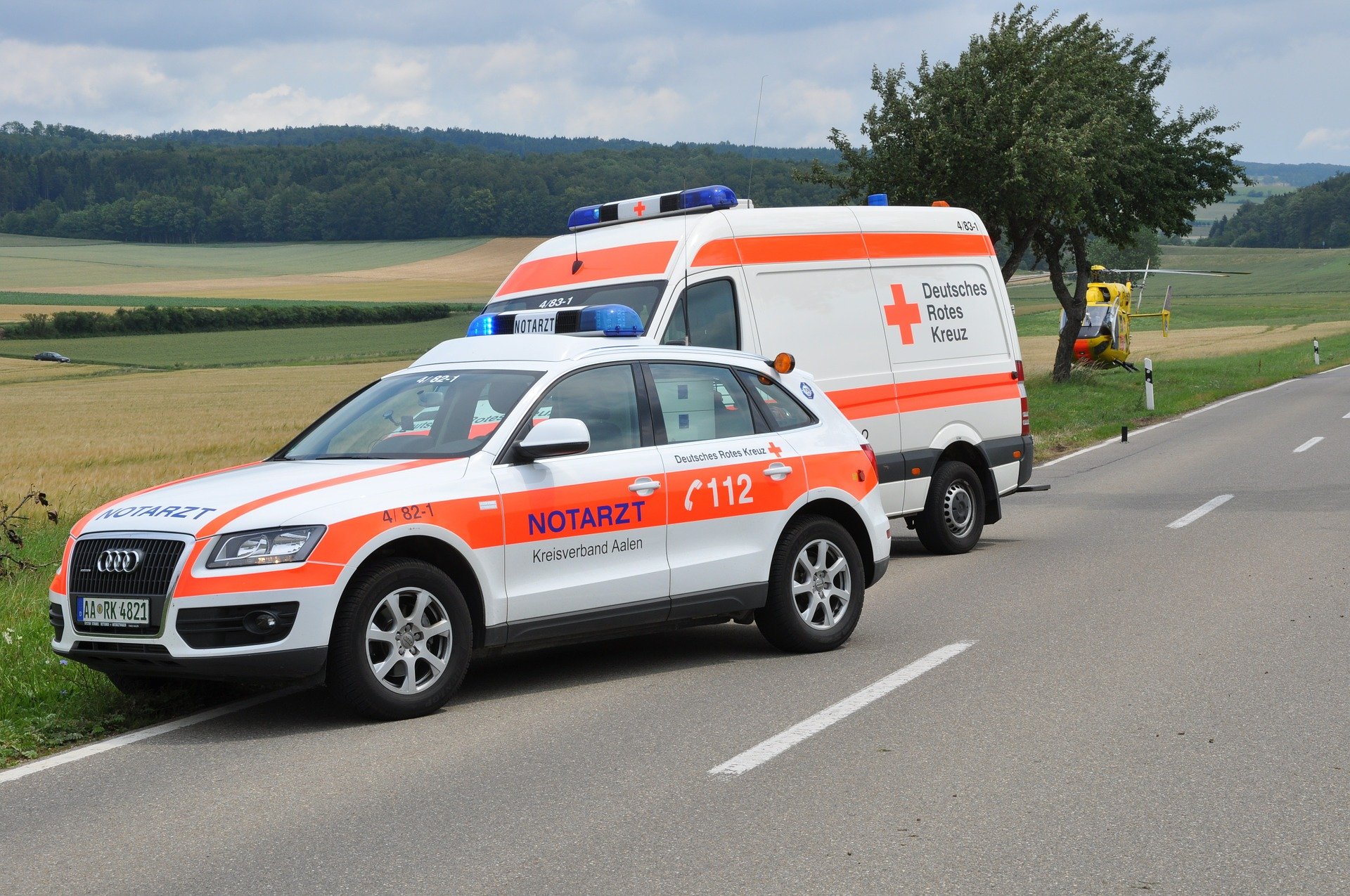
When it comes to life and death in an accident or health emergency, every minute can be crucial. For this to happen, both rescue vehicles and rescue workers must be on standby around the clock. Organizing all this, however, is not easy, especially in a city with over a million inhabitants. In Cologne, Germany, this task could become a little less complicated in the future thanks to artificial intelligence. To this end, Mark Schleider, a graduate of the master’s program in computer science at the Technical University (TH) of Bingen, has developed a model in his final thesis that predicts the workload of rescue services. In this way, it can be ensured in advance that there will be no overloads and resulting longer waiting times.
As a professional firefighter and paramedic, Schleider is aware of the problems that dispatch centers face when organizing operations. “It can happen that the resources of a particular district are used to capacity for a short time. Any additional emergency can then lead to longer waiting times,” says the 35-year-old. “We can compensate for such peaks with external service providers or vehicles from neighboring districts. It helps to be able to anticipate the peak loads as early as possible.” He also says that trips that can be planned, such as ambulance transports, can be integrated using calculations to conserve resources.
“A really tough nut to crack”
With the help of rescue service records from past years, Schleider has “trained” an adaptive algorithm so that he can optimally distribute rescue forces. He has also integrated additional information such as public holidays, vacations or weather conditions so that the model can predict peak loads in the future at short notice. “Ideally, this means that an emergency patient will have to wait less time for our help,” Schleider explains.
But the path to the finished master’s thesis was anything but easy, Schleider admits. After all, he works full time and is a family man. Just processing the immense amount of information from rescue missions over the past ten years was a challenge, he says. “Processing this amount of irregular data was a really tough nut to crack,” he points out. “Especially considering that schools and daycare centers were sometimes closed, this period was a real struggle for my whole family. I’m happy that we managed to get through it.”
The next step is to further develop the model and make it practical. “Mark Schleider’s forecasting model can be profitably used in mission planning. That’s why we would like to continue developing it together with the Cologne professional fire department and put it into practice,” says Prof. Thomas Marx, who heads the master’s program in computer science at TH Bingen and supervised Schleider’s master’s thesis.
More articles on the topic of AI can be found here.

